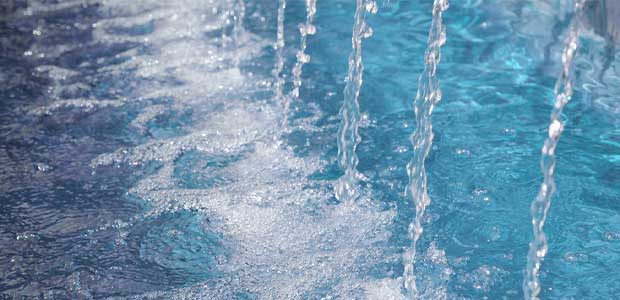
Improving Worker Safety in the Water Industry
- By Jane Marsh
- Aug 26, 2021
The COVID-19 pandemic found people staying home and businesses having to close their doors. Some aspects of maintaining modern infrastructure, on the other hand, could not take a break, including the water industry. The industrious men and women in the water industry kept working throughout the pandemic to ensure that water flowed and toilets flushed.
How can we improve worker safety for those heroes working in the water industry?
Common Safety Risks in the Water Industry
Before we can take steps to improve worker safety for those working in the water industry, it is essential to understand the kind of risks these workers face on a daily basis. Common risks in the water industry include:
● High voltage
● Contaminated water
● Poisonous chemicals
● Toxic gasses
● Encounters with traffic
● Working in confined spaces
● Falls
● Drowning
Many of these risks, such as falls, are among the most common causes of on-the-job fatalities, dubbed by OSHA as the “Fatal Four.” How can we address these safety issues and improve on-the-job safety for water industry professionals?
Develop a Lone Worker Safety Program
The nature of the job means that many water industry professionals find themselves working alone. However, when you are dealing with the many risks in the water industry, working alone can be fatal if an accident occurs. It may not always be possible to send people out in pairs, depending on staffing numbers and the needs of various jobs, which is where Lone Worker Safety Programs come into play.
The details of a lone worker safety program will vary from team to team, but the goal is to provide each individual with the support he/she needs to complete jobs safely, even when working alone. It can be as simple as implementing a check-in schedule to encourage communication between employees and dispatching agents.
Explore Sustainable Practices
Modern wastewater management practices date back to the late 1800s, once those in power figured out that exposure to human waste increased occurrences of waterborne illnesses like cholera, dysentery and typhoid. While they have evolved significantly since then, there are still some practices within the industry that are a bit less than sustainable. We may not be able to get away from the need for harsh chemicals to treat wastewater, but there are some choices that make them more sustainable and, in turn, safer for the employees who work there.
Consider adopting solar or other renewable energy sources rather than relying on fossil fuels. One example is the Woodman Point wastewater treatment plant in Australia that converts sewage into hydrogen. The excess hydrogen from this process can then be used to power fuel cells, which create water and oxygen as their only exhaust.
Provide Protective Gear
Water, especially wastewater, can contain a variety of dangerous substances — ranging from dangerous chemicals to lead bacteria and others — that can put water industry professionals at risk. Avoiding these environments is not always possible, but exposure to these dangerous substances is avoidable with the proper PPE.
One of the easiest ways to protect water industry professionals from these risks is to provide PPE that meets the challenge and fits each individual correctly. Do not opt for one-size-fits-all protective equipment, because you will end up leaving some of your team without the necessary protection that can keep them safe on the job.
Stay Safe out There
The water industry is one of the most essential industries in the modern world, and it is up to dispatchers and team managers to take all the necessary steps to keep their teams safe. Start simple by ensuring that lone workers have a support system and by providing the correct PPE. From there, if there are more changes that you deem necessary, start making them as soon as possible.